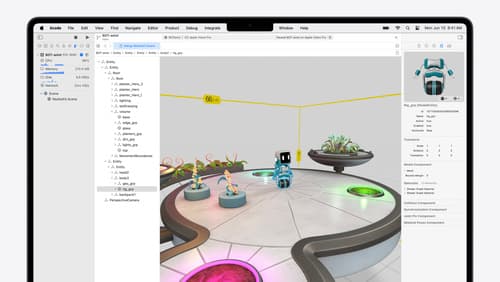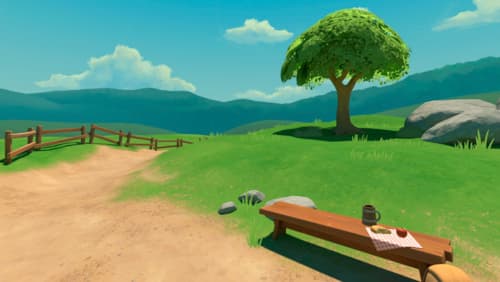what is geometry reader
Asked on 2024-07-31
1 search
A GeometryReader is a SwiftUI view that provides access to the size and position of its parent view. It allows you to create flexible layouts by dynamically adjusting the size and position of child views based on the available space.
While the provided context does not directly mention GeometryReader, it is a common tool used in SwiftUI for building responsive and adaptive user interfaces, which can be particularly useful in spatial computing applications where the layout might need to adjust based on the user's environment or device orientation.
For more detailed information on building spatial user interfaces, you might find the session Build a spatial drawing app with RealityKit helpful, as it covers building a spatial UI using SwiftUI and advanced hover effects.

Optimize for the spatial web
Discover how to make the most of visionOS capabilities on the web. Explore recent updates like improvements to selection highlighting, and the ability to present spatial photos and panorama images in fullscreen. Learn to take advantage of existing web standards for dictation and text-to-speech with WebSpeech, spatial soundscapes with WebAudio, and immersive experiences with WebXR.

Break into the RealityKit debugger
Meet the RealityKit debugger and discover how this new tool lets you inspect the entity hierarchy of spatial apps, debug rogue transformations, find missing entities, and detect which parts of your code are causing problems for your systems.

Optimize your 3D assets for spatial computing
Dive into an end-to-end workflow for optimized 3D asset creation. Discover best practices for optimizing meshes, materials, and textures in your digital content creation tool. Learn how to harness shader graph, baking, and material instances to enhance your 3D scene while optimizing performance. Take advantage of native tools to work more effectively with your assets and improve your app’s performance.
